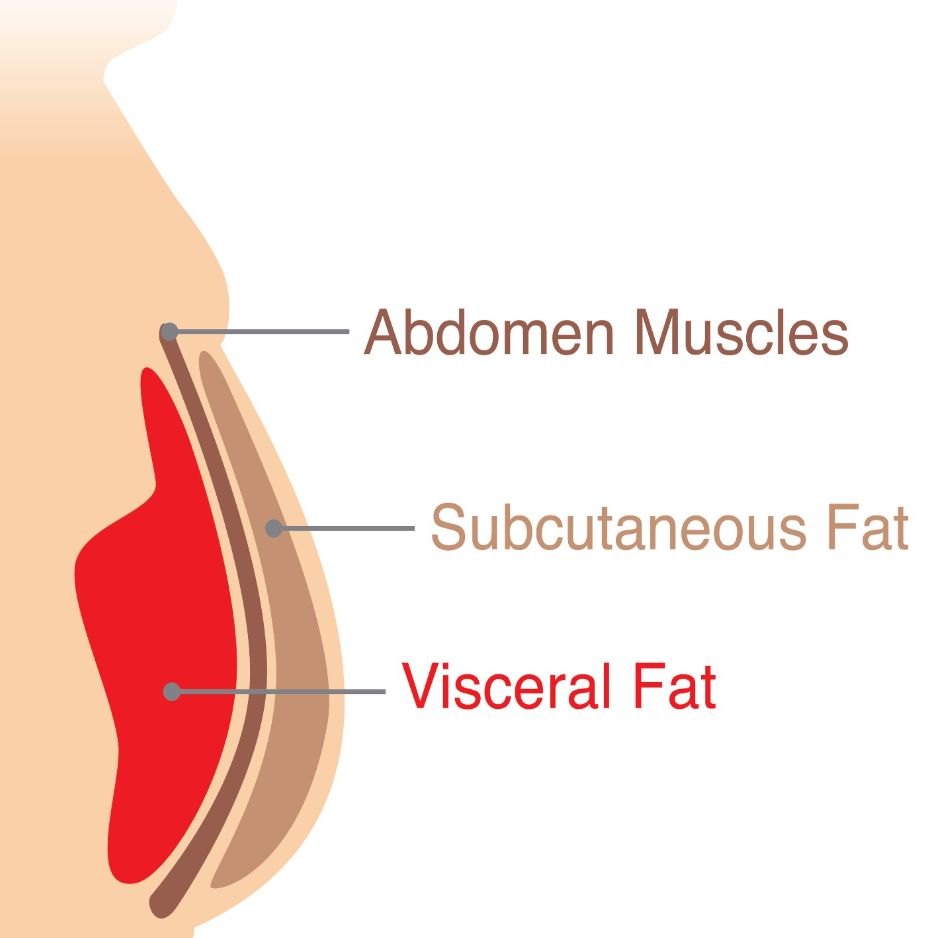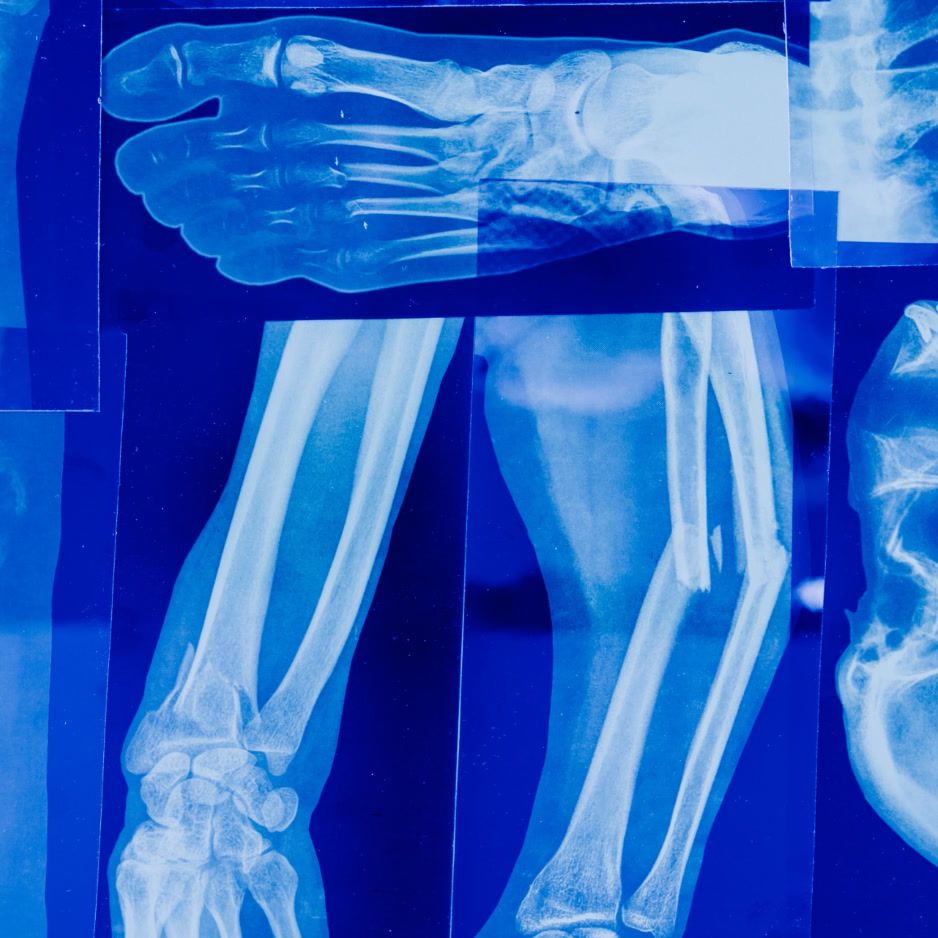6-Week Ozempic Weight-Loss Plan and Results
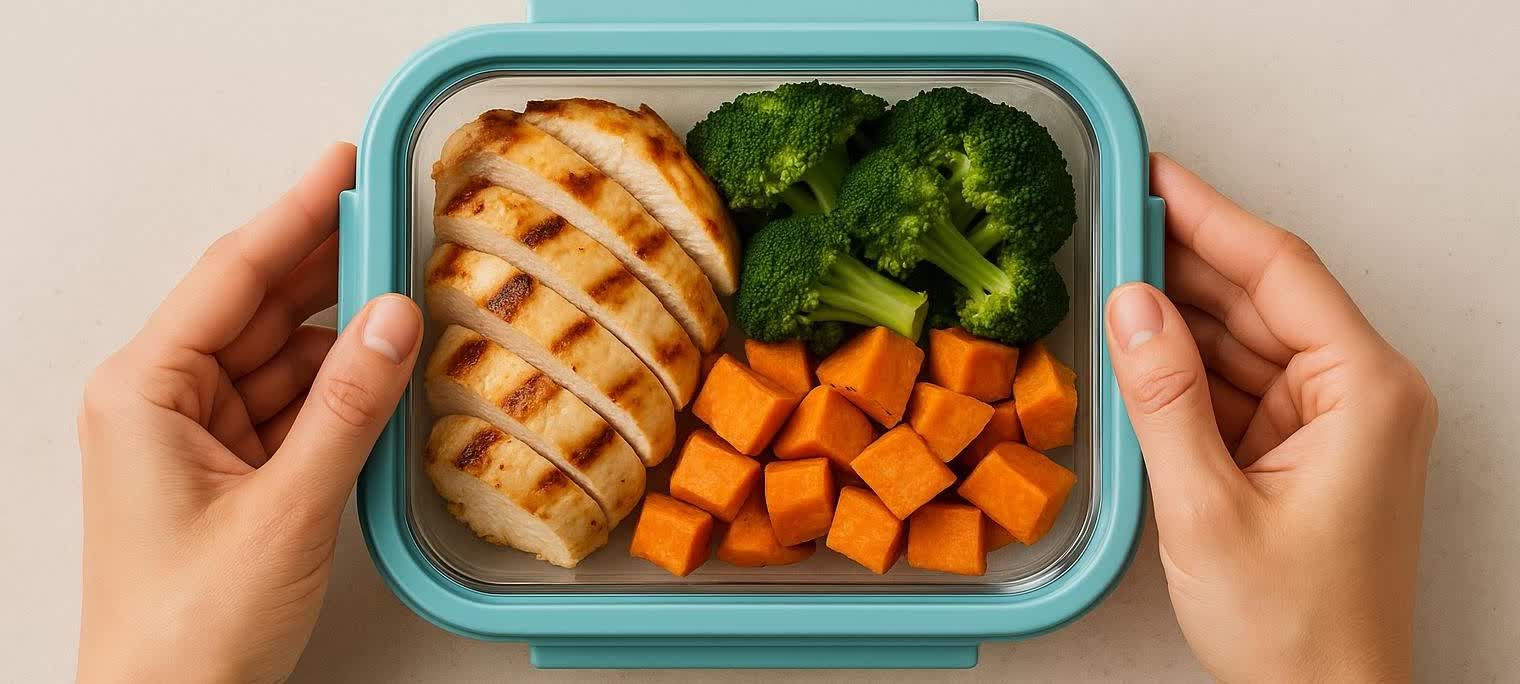
6-Week Ozempic Plan: Weight-Loss Results to Expect
Disclaimer: This guide is educational and not medical advice. Always follow your prescriber’s instructions and the FDA label for Ozempic (semaglutide).
The short answer:
- In the first 6 weeks on Ozempic, many people notice smaller portions, fewer cravings, and a gentle downward trend on the scale as the dose builds from 0.25 mg to 0.5 mg.
- Expect appetite and portion changes by weeks 3–4; the scale trend often becomes clearer after you reach 0.5 mg (official dosing).
- Early real‑world data show about 5.9% average weight loss at 12 weeks, so weeks 1–6 are best seen as a “ramp up” period (JAMA Network Open).
This guide outlines a realistic 6‑week roadmap: dosing basics, weekly checklists, side‑effect fixes, and simple nutrition and strength tips to maximize fat loss while protecting muscle.
We’ll also show you how to track fat vs. muscle changes with a quick DEXA scan at baseline and week 6. You can schedule a BodySpec DEXA scan to track your progress. At the end, you’ll find helpful comparisons and next‑step tools.
What Ozempic does (and doesn’t) do
Ozempic is a once‑weekly GLP‑1 medicine that helps lower blood sugar and reduce appetite by slowing stomach emptying and nudging hunger hormones into a calmer range. Weight loss is a common outcome, though Ozempic is FDA‑approved primarily for type 2 diabetes (dosing and label details). Higher doses within the GLP‑1 class generally produce greater weight loss over time, while the first 6 weeks function as a “ramp up” as your dose and habits settle (JAMA Network Open).
The 6‑week plan: doses, milestones, and weekly checklists
Always follow your prescriber’s plan; don’t change doses on your own. Per the official schedule, most people start at 0.25 mg weekly for 4 weeks and then increase to 0.5 mg. Some eventually advance to 1 mg or 2 mg based on goals and tolerance (Ozempic dosing).
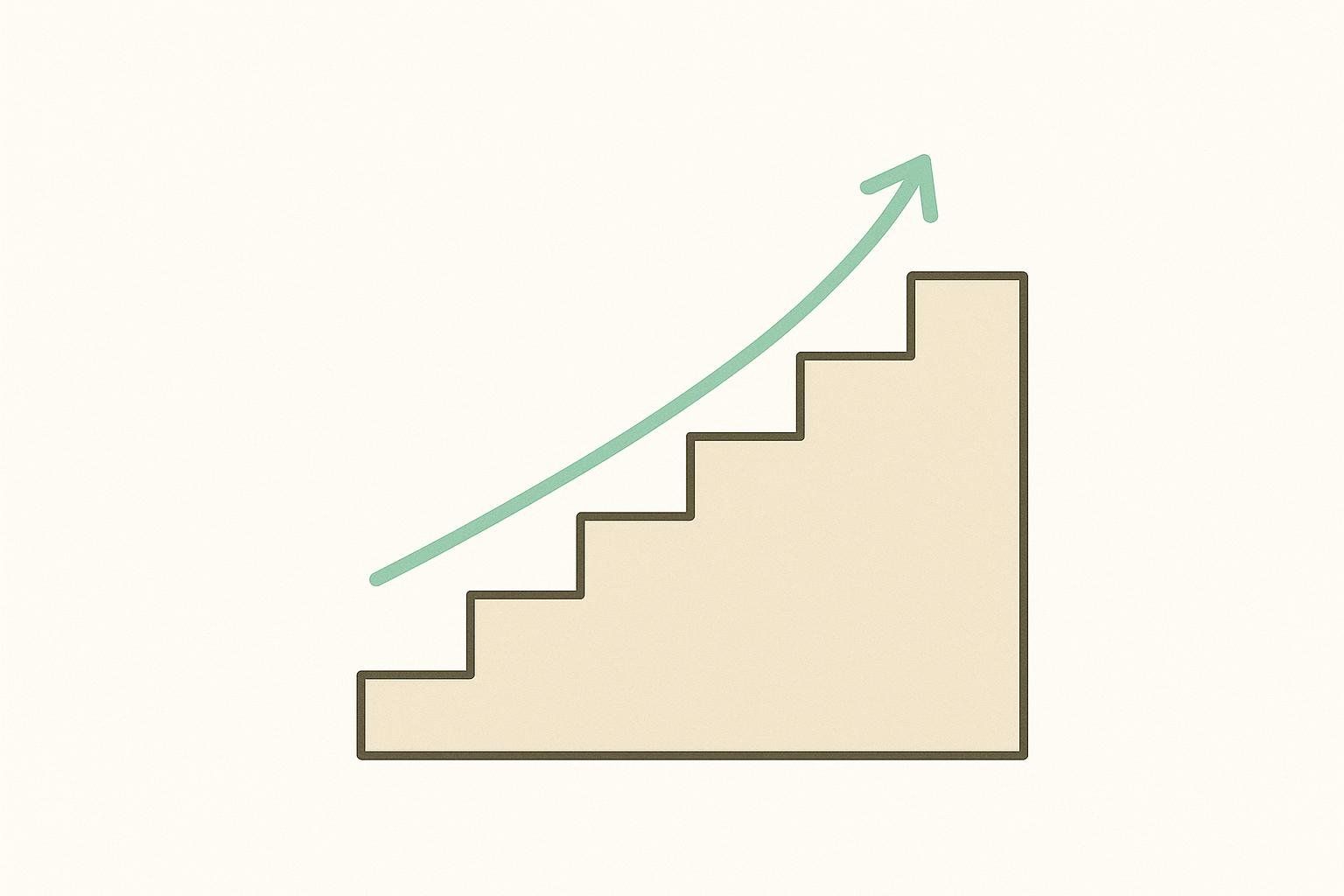
| Week | Typical dose | What to expect | Scale trend (illustrative) | Focus checklist |
|---|---|---|---|---|
| 1 | 0.25 mg | Getting used to injections; mild appetite dip | Gentle start | Baseline photos/measurements; set injection reminder |
| 2 | 0.25 mg | Satiety improving; GI symptoms possible | Early drop for some | Hydration 2–3 L/day; 25–30 g fiber/day; protein at each meal |
| 3 | 0.25 mg | Appetite suppression building; portions shrinking | Trend emerging | Go protein‑first at meals; 2–3 short strength sessions |
| 4 | 0.25 mg | Early fat loss noticeable for many | Slow‑and‑steady | Walk after meals; track calories/liquids; rotate injection sites |
| 5 | 0.5 mg | Dose increases; side effects may peak | Trend continues | Smaller, more frequent meals; avoid greasy/spicy foods |
| 6 | 0.5 mg | Clearer results for many | Momentum building | Book your week‑6 DEXA scan to confirm fat vs. muscle changes; adjust training/protein if lean mass dips |
- Why the range? Weight loss varies by dose, starting weight, and habits; most early changes accrue between weeks 4–12 as doses reach ≥0.5 mg (NEJM STEP‑1; JAMA Network Open cohort).
- Missed dose? If it’s within 5 days, take it as soon as you remember; otherwise skip and resume on your usual day (official instructions).
Pro tip: Want real‑world inspiration? See our before‑and‑after case study: 6‑Week Belly Weight Loss With Ozempic—Before and After Results.
Side‑effect playbook (simple fixes that work)
The most common side effects are GI‑related (nausea, vomiting, diarrhea, constipation), especially after a dose increase. They’re usually mild to moderate and fade with time—especially if you “start low and go slow” (according to expert guidance).

- Nausea: small, bland meals; ginger tea or peppermint; avoid strong odors.
- Reflux/burping: stay upright 30 minutes after eating; avoid carbonation and high‑fat meals.
- Constipation: 25–30 g fiber and steady fluids; gentle stool softener per clinician.
- Overall eating pattern: lean protein + produce first; reduce fried/heavy foods to ease symptoms (see practical GLP‑1 diet pointers from the Cleveland Clinic).
If symptoms flare during titration, your prescriber may pause or slow escalation until things settle (per clinical recommendations).
Keep the muscle: protein and strength training
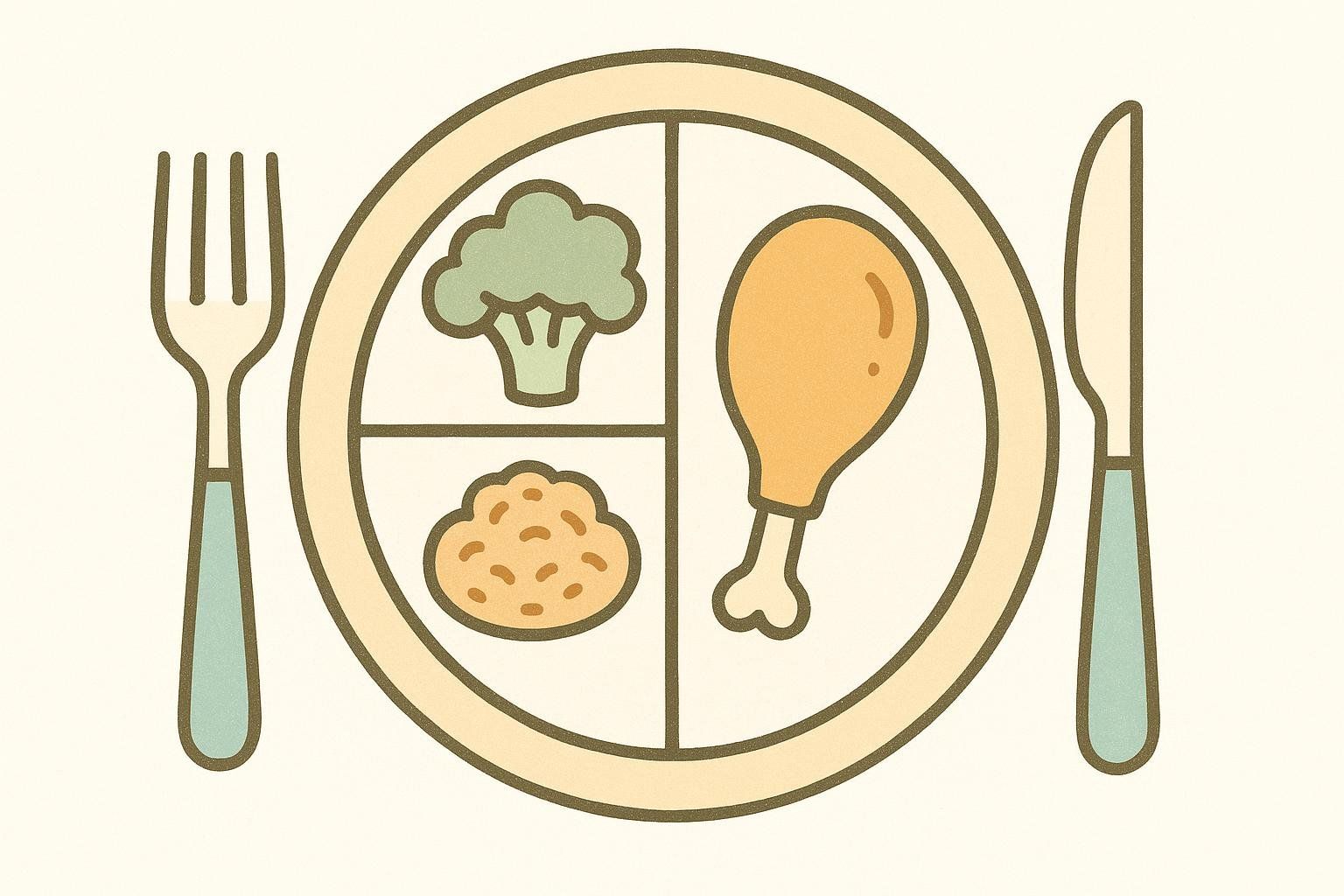
GLP‑1s lower appetite—that’s the point—but under‑eating protein can cost you lean mass. The International Society of Sports Nutrition suggests a target of 1.4–2.0 g protein/kg body weight for active people, along with 2–3 weekly resistance sessions (ISSN Position Stand). Then verify your fat‑vs‑lean progress with a DEXA scan.
- New to lifting? Start with 2–3 full‑body sessions (squat/hinge, push, pull) and progressive overload. Try our beginner program: Strength Training for Beginners.
- Worried about muscle loss on GLP‑1s? See Ozempic Muscle Loss—How to Prevent Lean Mass Reduction.
Compare: Ozempic vs Wegovy vs Mounjaro
| Drug | Primary approval | Key feature |
|---|---|---|
| Ozempic (semaglutide) | Type 2 diabetes | Weekly dose (0.25–2 mg); also reduces CV/kidney risk in T2D (official label overview) |
| Wegovy (semaglutide 2.4 mg) | Chronic weight management | Higher dose (2.4 mg) specifically for chronic weight management; ~15% average loss at 68 weeks in trials (NEJM STEP‑1) |
| Mounjaro/Zepbound (tirzepatide) | Type 2 diabetes (Zepbound approved for weight management) | Dual GIP/GLP‑1; ~15–21% weight loss at 72 weeks in adults without diabetes (NEJM SURMOUNT‑1) |

For a deeper comparison, see: Mounjaro vs. Ozempic: 2025 Comparison & Guide and Wegovy Dosing Chart and Weekly Schedule.
Sample Plans for Different Goals
Use these quick‑start frameworks to match your goals and schedule.
For the Time‑Crunched Professional
- Goals: A1C reduction + ~4–6% weight loss by week 6.
- Weekly actions:
- Inject same day/time each week.
- Pack protein‑forward lunches for workdays.
- Take 10‑minute walks after meals.
- Do two 30‑minute strength sessions.
- Metrics: fasting glucose, weekly weight average, step count, 6‑week DEXA for visceral fat trend.
- Hitting a plateau? See Why Am I Not Losing Weight on Ozempic?.
For an Event‑Driven Timeline
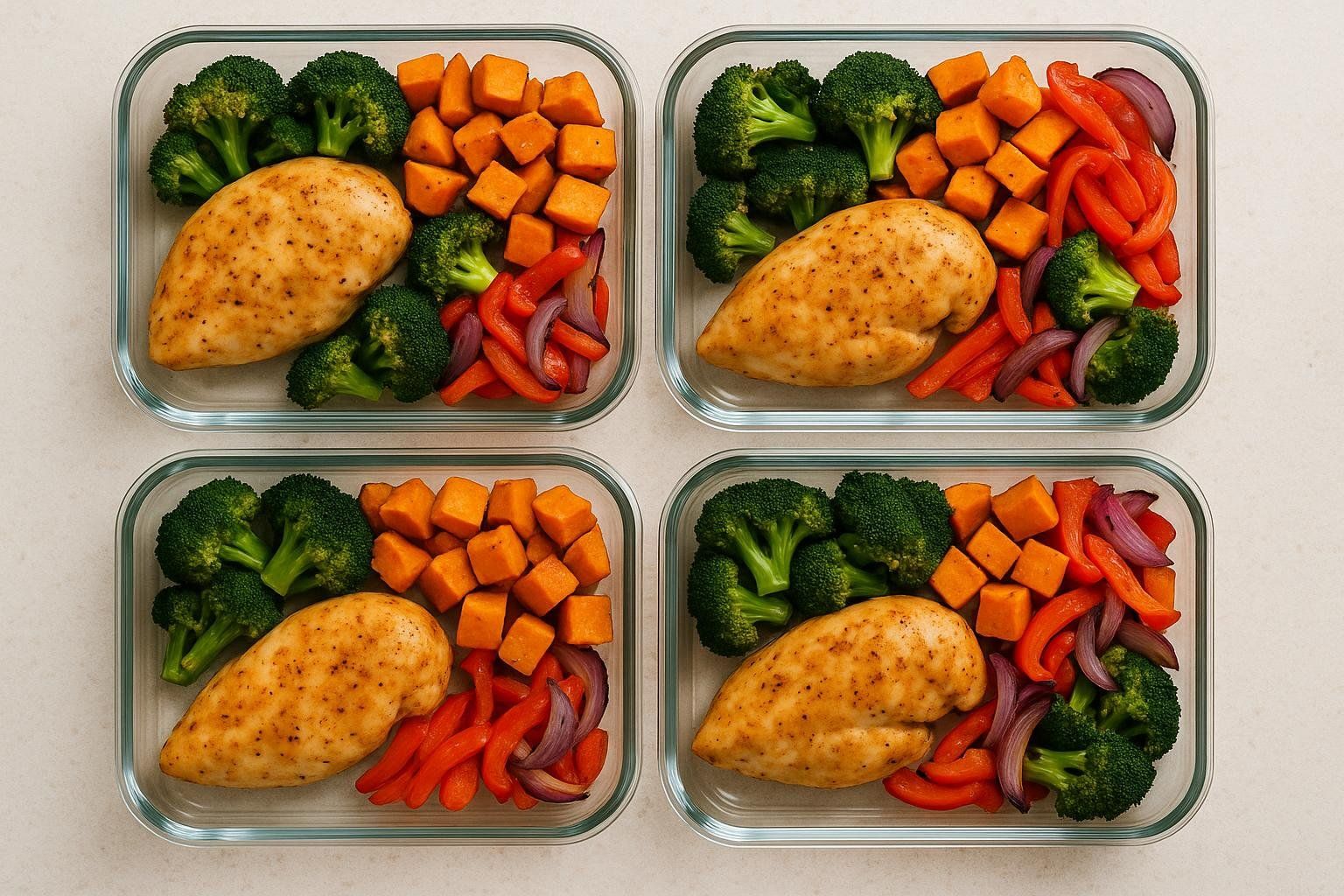
- Goals: lose ~8–10 lb by week 6 without crashing your energy.
- Weekly actions:
- Batch‑cook sheet‑pan dinners on Sundays.
- Prioritize protein at breakfast daily.
- Take phone calls while walking to reach ~8k steps/day.
- Do two short strength circuits per week (e.g., 20 minutes of bodyweight squats, lunges, and push‑ups).
- Need a deadline‑based plan? Try our Weight Loss Calculator by Date.
For a Low‑Impact Approach

- Goals: ~5% weight loss + pain‑aware activity.
- Weekly actions:
- Pool walking or water aerobics 2–3x/week.
- Chair‑assisted strength routine twice weekly.
- Increase fiber gradually to reduce constipation.
- Aim for 7–9 hours of sleep nightly.
FAQs
How much weight can I lose in 6 weeks on Ozempic?
Results vary. Real‑world cohorts show about 5.9% average loss at 12 weeks. Weeks 1–6 usually deliver a portion of that as your dose escalates (JAMA Network Open).
When do results start?
Many notice appetite/portion changes by weeks 3–4 as the dose reaches 0.5 mg, aligning with early cohort trends (Ozempic dosing).
Is there an official 6‑week plan from the manufacturer?
No. The label covers dosing/safety. Using Ozempic strictly for weight loss is considered off‑label (Healthline overview).
Should I track body composition or just weight?
Track both. DEXA shows fat vs. lean (and visceral fat), so you can confirm you’re losing mostly fat and protect muscle with protein/strength training—measure your progress with a DEXA scan.
Important safety reminders
Do not use Ozempic if you or a family member have a history of medullary thyroid carcinoma (MTC) or MEN 2; report severe abdominal pain (pancreatitis risk) and gallbladder symptoms; and follow missed‑dose rules per label (official dosing/safety).
